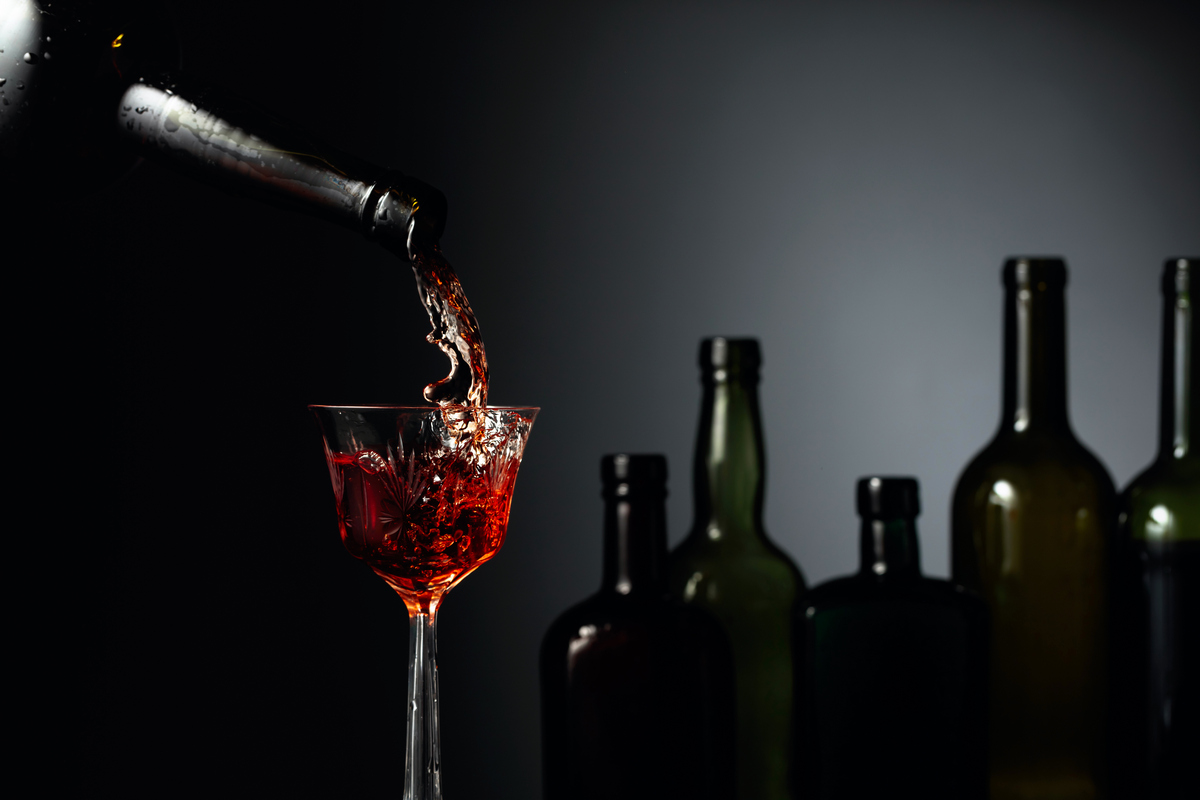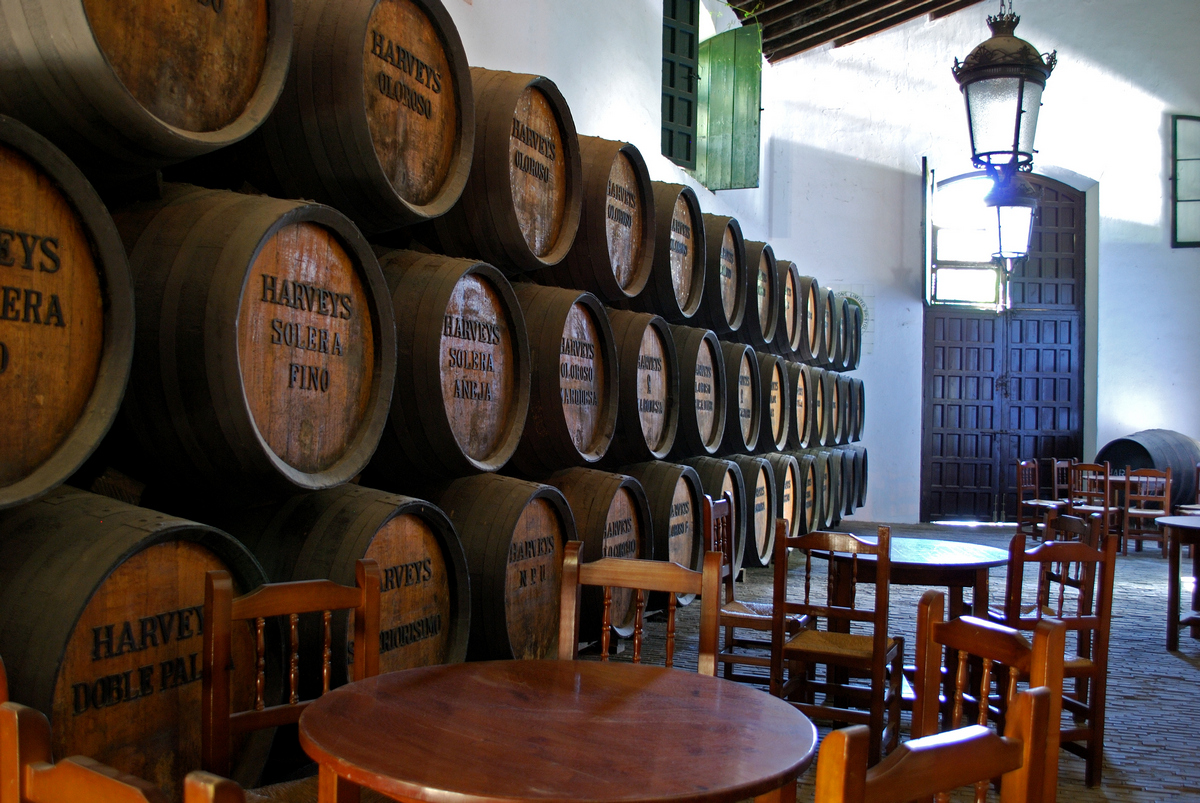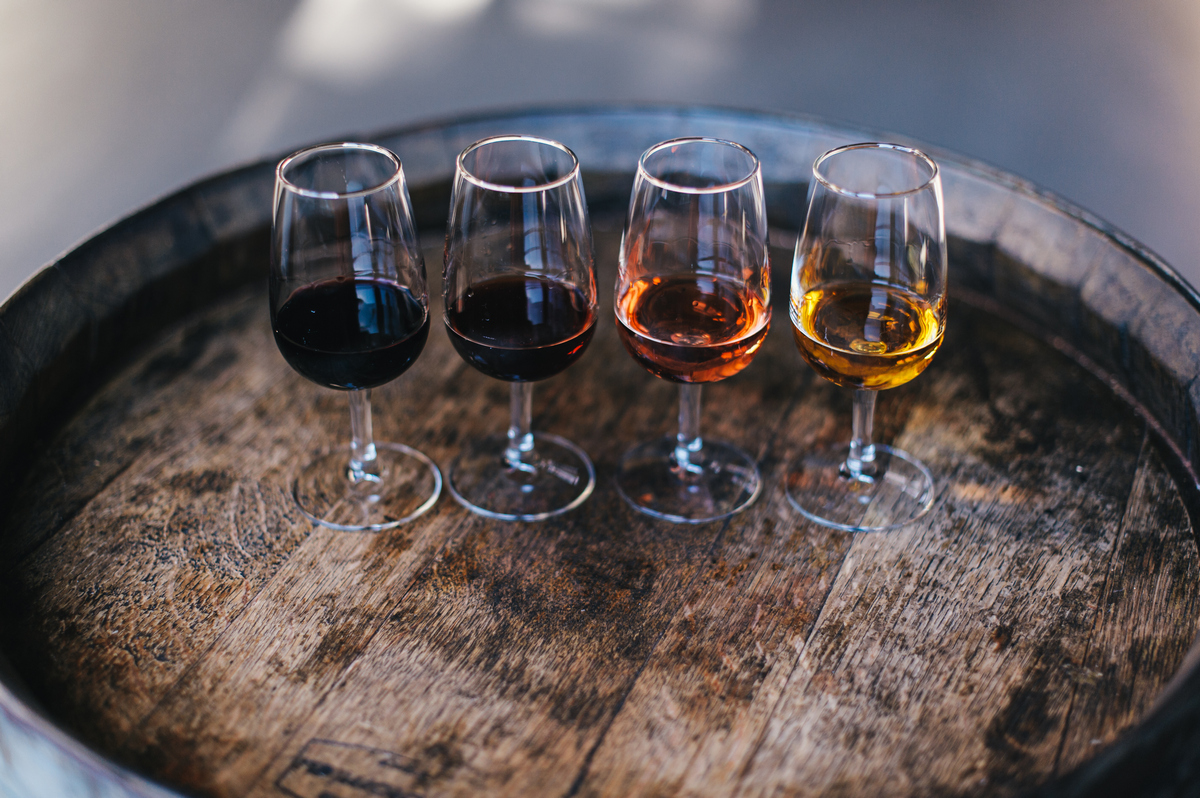
Cara is our Melbourne-based drinks writer. She is the manager of Bomba in Melbourne and the face and talent behind the cocktailing youtube channel Behind the Bar. You can email her at [email protected]
Many years ago now I pulled up a stool at a bar in Melbourne’s inner north. Flicking through their menu, I was excited to see a fino sherry by the glass – family holidays in Spain had acquainted me with the delights of a dry sherry even if I knew very little about it. I ordered it with the bartender, who looked confused. After much rummaging through the back bar and in fridges and mutterings between the bar team, I was presented with a half glass of murky, light brown liquid. The bottle had been open too long.
This scenario would never happen nowadays! Ask any bartender about their sherry selection and their eyes will light up with a feverish passion. And port, once the preserve of red-nosed captains of industry straight out of a Dickens novel, has finally taken its rightful place on cocktail lists alongside the vermouths and quinquinas who have reigned as undisputed champions of the fortifieds for far too long. But what do we need to know about these wonderful wines?

The Facts on Sherry
Sherries are, very basically, aged fortified wines. They develop massive complexity during the distinctive ageing process. Sherry must be made in the south of Spain, in an area of Andalucia known as the Sherry Triangle, between the towns of Jerez, El Puerto de Santa Maria and Sanlucar de Barrameda. The unique soils and climate here are perfect for growing the three grapes sherry is made from: Palomino, Pedro Ximinez and (the lesser used) Moscatel.
For a long time, it was thought that sherry had to be made there because of the particular climate and conditions causing the very important flor (layer of yeast – more on this later!) to form. However, winemakers have disproved this, and you can find sherry style wines made in a lot of wine producing regions now, although they can’t be called sherry – in Australia, producers like Pennyweight are making dry, sherry style wines under the name Apera. A common feature of these wines is that they will be aged in a solera system, which means that barrels are topped up with newer wines as the older wine is taken out and bottled. This is where they get their depth and intricacy – how often do you get to try such old wines at a price point you can use in cocktails?
Dry sherries are made from Palomino grapes, which are fermented to make a dry white wine. This ‘base wine’ is tasted and classified according to its flavour profile. Delicate base wines with lots of floral characteristics are earmarked for biological (or non-oxidative) ageing, where a layer of flor is allowed to grow over the wine which protects it from the influence of oxygen, keeping it bright, fresh and citrus driven – think manzanilla and fino.
Dry sherries are made from Palomino grapes, which are fermented to make a dry white wine. This ‘base wine’ is tasted and classified according to its flavour profile. Delicate base wines with lots of floral characteristics are earmarked for biological (or non-oxidative) ageing, where a layer of flor is allowed to grow over the wine which protects it from the influence of oxygen, keeping it bright, fresh and citrus driven – think manzanilla and fino.
More robust base wines will be earmarked for oxidative ageing, where the flor is either killed off or not allowed to form, letting oxygen bring nut, dried fruit and savoury characteristics to the wine such as in amontillado and oloroso. So, in the category of dry sherry you have an incredible range which is why they are such useful enhancers or even bases for cocktails – there’s literally not a flavour profile which can’t find a sherry to suit.
Sweet sherries can be made in a couple of ways. The most intense ones will be made by late harvesting Pedro Ximinez or Moscatel grapes, and then drying them in the sun.
Picking them later means the grapes will be really ripe and full of sugar, and drying them turns them into raisins – you can see why pouring a PX can sometimes feel like pouring a glass of oil! Older PX is some of the most powerful, intriguing sips you can have. The other way of doing it is by taking a dry base wine (one made with Palomino) and then blending it with PX, Moscatel or just a concentrated grape syrup – this is your Grandma’s sherry, but still has its place in the world of cocktails – see the East India Negroni.

The facts on Port
Port is also an aged fortified wine, but it is always sweet. It’s made with aromatic grape varieties, primarily Touriga Franca, Touriga Nacional, Tinta Barroca, Tinto Cão, and Tinta Roriz (also known as Tempranillo) in the Duoro Valley in Portugal. A neutral grape spirit is added to stop the fermentation and leave the wine with some residual sweetness – they range from off dry to sweet. It was originally a preservation method, fortifying the wine to survive shipping (mostly to England, which is why so many port producers have English sounding names).
The most well known styles of port are ruby and tawny. Ruby ports are not aged for long (18 months to three years) and should be drunk young – they are fresh and lively, with juicy berry notes. For tawny ports, a decade’s worth of wine is blended and aged for long periods of time – up to 40 years – in oak barrels, developing a rich nuttiness through oxidation – this stuff is serious!
The most well known styles of port are ruby and tawny. Ruby ports are not aged for long (18 months to three years) and should be drunk young – they are fresh and lively, with juicy berry notes. For tawny ports, a decade’s worth of wine is blended and aged for long periods of time – up to 40 years – in oak barrels, developing a rich nuttiness through oxidation – this stuff is serious! You can also get rosé and white ports which are so versatile in cocktails and mixed drinks – if you haven’t tried a Port Tonic (white port, tonic water and lemon) on a hot day, you haven’t lived. Vintage ports are bottled just a few years after harvest, with most of their maturation happening in the bottle.

I hope it goes without saying, but both sherry and port should be stored in the fridge once opened – the drier the wine, the less time it will last. The driest sherries should be consumed within a week or two, which is another reason why incorporating them on your cocktail list to ensure some volume is a smart move – thrifty and delicious.
So there we have it – an array of fortifieds to have in your arsenal to add intrigue to your drinks whether as the star of the show or best supporting act. Bring a little Mediterranean magic to your cocktails!

